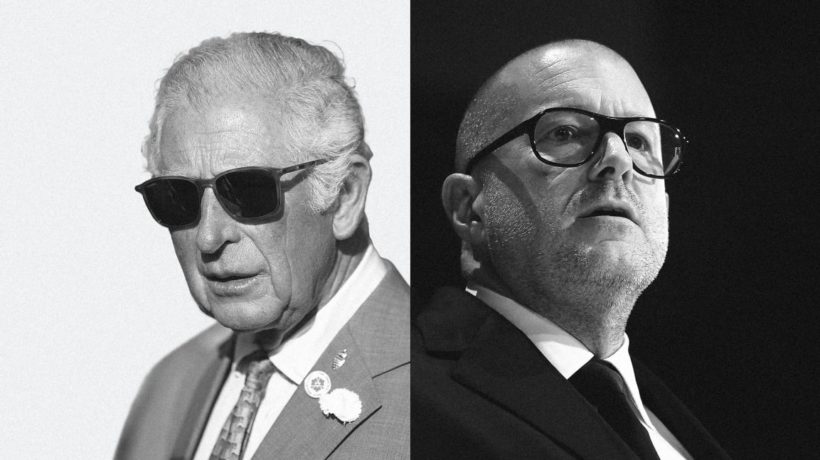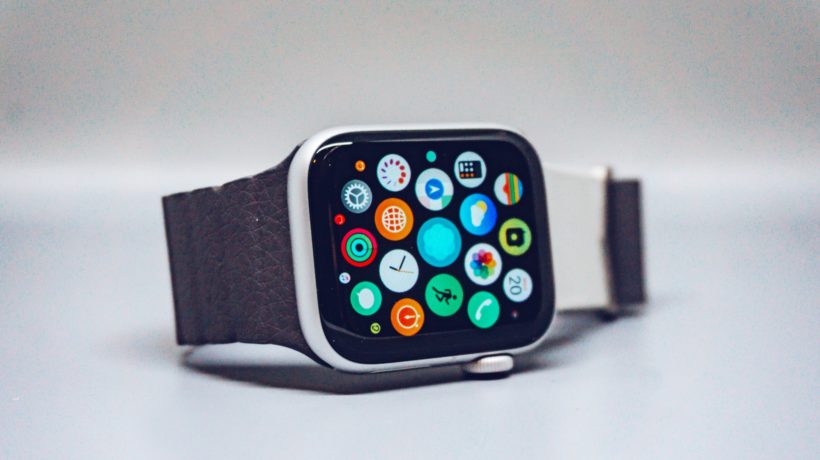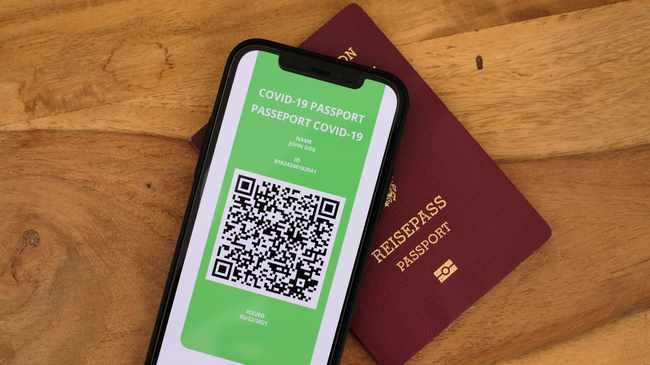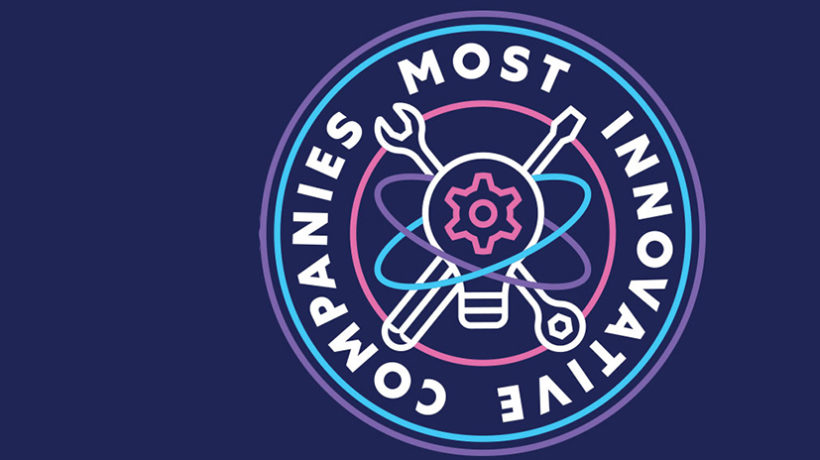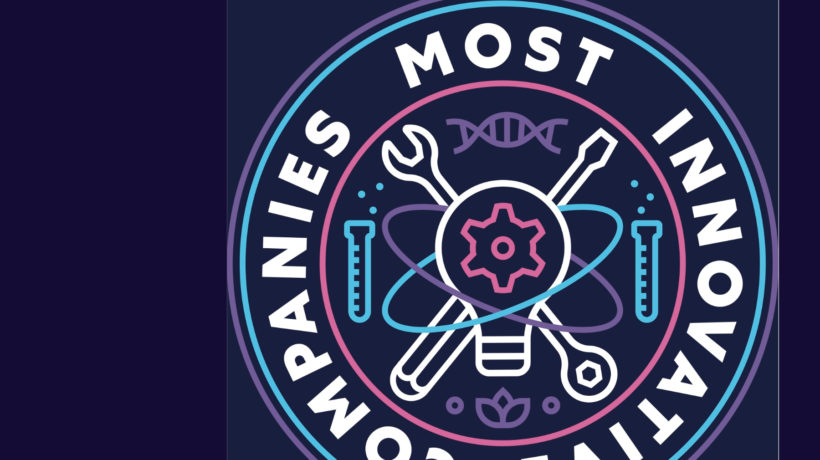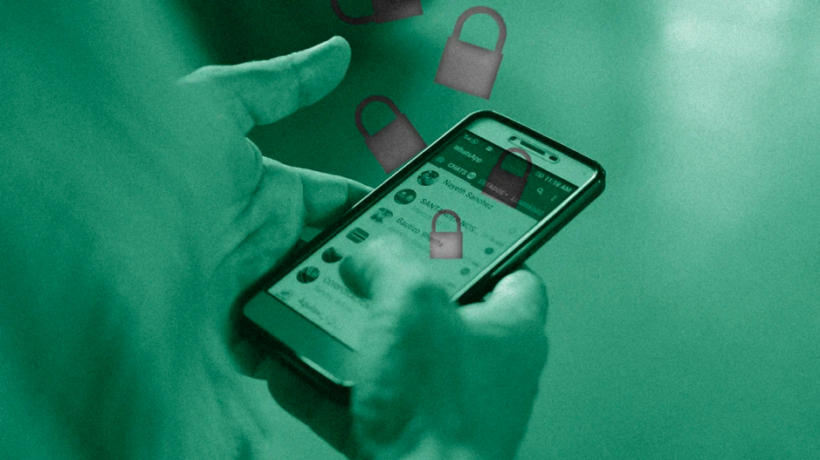BY
Fast Company South Africa
3 MINUTE READ
When South Africa finally goes full steam with the vaccination process, the next big thing will be whether to implement a vaccine passport.
A vaccine passport is a certification of either vaccination status or immunity following a natural infection that confirms you no longer pose a risk to others.
It will enable us to go to an airport, a stadium, or restaurant or open an app or flash a card, and be admitted to a place or experience that would have been denied to us during the pandemic.
This is happening in Israel. A “Green Pass” is available to anyone who has been fully vaccinated or has recovered from Covid-19. They have to show it to access facilities such as hotels, gyms or theatres. It is available as a paper certificate or in an app, which links users to their health ministry data.
The app is opening opportunities for international travel. Israel has struck deals with Greece and Cyprus, so Israeli citizens with passes can travel to those two countries. Experts have however expressed privacy concerns over the smartphone app. Estonia, one of the world’s most advanced digital societies, is planning to start issuing digital certificates (also referred to as vaccine passports) in the form of a QR code, showing proof of vaccination by the end of April. Individuals will be able to download their unique code to prove they have been vaccinated and show how many doses they have received. They can either print it off or store it on a smartphone.
South Africa is far from implementing such a passport. Given a growing debate about the adoption of such passports across the globe, it might be wise for South Africa to start thinking about whether such passports should be used for Covid-19 and also what it would mean to implement such a digital certificate or passport.
If the decision is to use them, considerations should include where the data will be held, how the frameworks will be built to protect it, and the form of technology app or paper to be used. This should receive serious attention, focusing on whether Covid19 passport will endanger privacy, exacerbate inequity or even create a two-tiered society.
There’s a need to start thinking about this now. Vaccine passports are attracting Big Tech to create solutions. IBM’s Excelsior Pass is an app that draws on the state’s registry to verify vaccination status for people who want to attend events for which the state has set capacity limitations.
The AU and Africa CDC are developing a My Covid Pass to allow safe border crossing across the continent. The app is developed in partnership with Econet, a telecommunications group with operations and investments in Africa, Europe, South America, and the East Asia Pacific, offering products and services in the core areas of mobile and fixed telephony services, broadband, satellite, optical fibre networks, and mobile payment. The technology company is owned and founded by one of Africa’s billionaires, Strive Masiyiwa.
Another involved tech organisation is PanaBIOS which is built by African technologists and AI thinkers to provide bio-surveillance and bio-screening technology, data, and insights to enable the creation of Public Health Corridors within the broader AU Open Corridors Initiative.
In the US, Microsoft is involved in the Vaccination Credential Initiative.
We’ve seen how tech companies can be vulnerable to data breaches and thereby violate the privacy of ordinary people.
Assuming there will be vaccine passports, there’s a need for vigilance. There’s no better time to start preparing for such digital certificates by ensuring that when they are implemented there’s societal consensus and that there is no violation of privacy principles in the long run.
As the technology world and health converge there’s a need to ensure that the custodians of health data have the best interest of society at heart as opposed to profit.
Covid-19 is shifting the health sector to use technology.
Users of such health technologies should have peace of mind that when they use such technologies, they will not regret using them in the future.
It is the responsibility of regulators to ensure that when health technologies are implemented there will be no harm to society in whatever form.
___________________________________________________________________________________________________________________________________________________
AUTHOR: Wesley Diphoko, Editor-in-Chief Fast Company SA.


